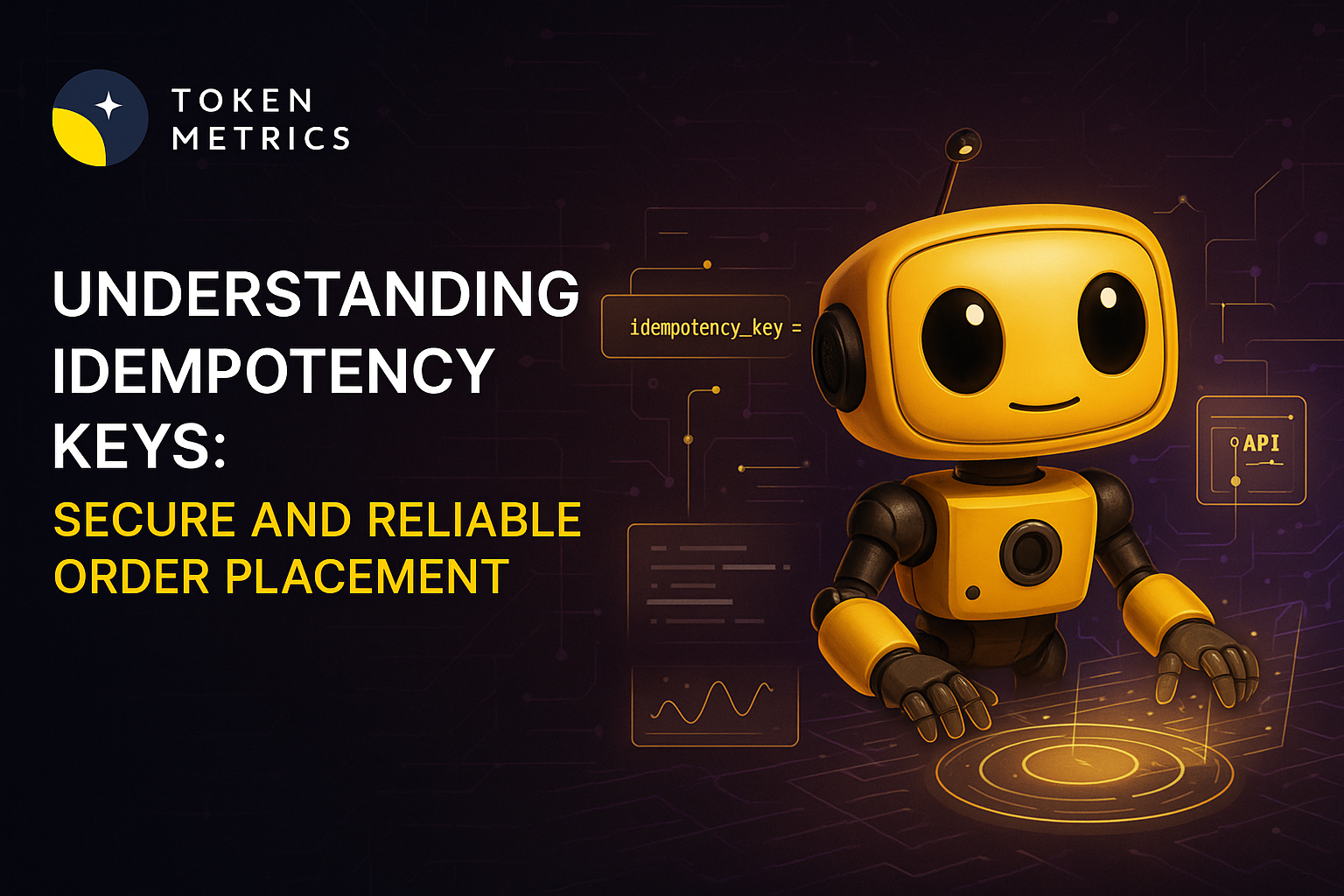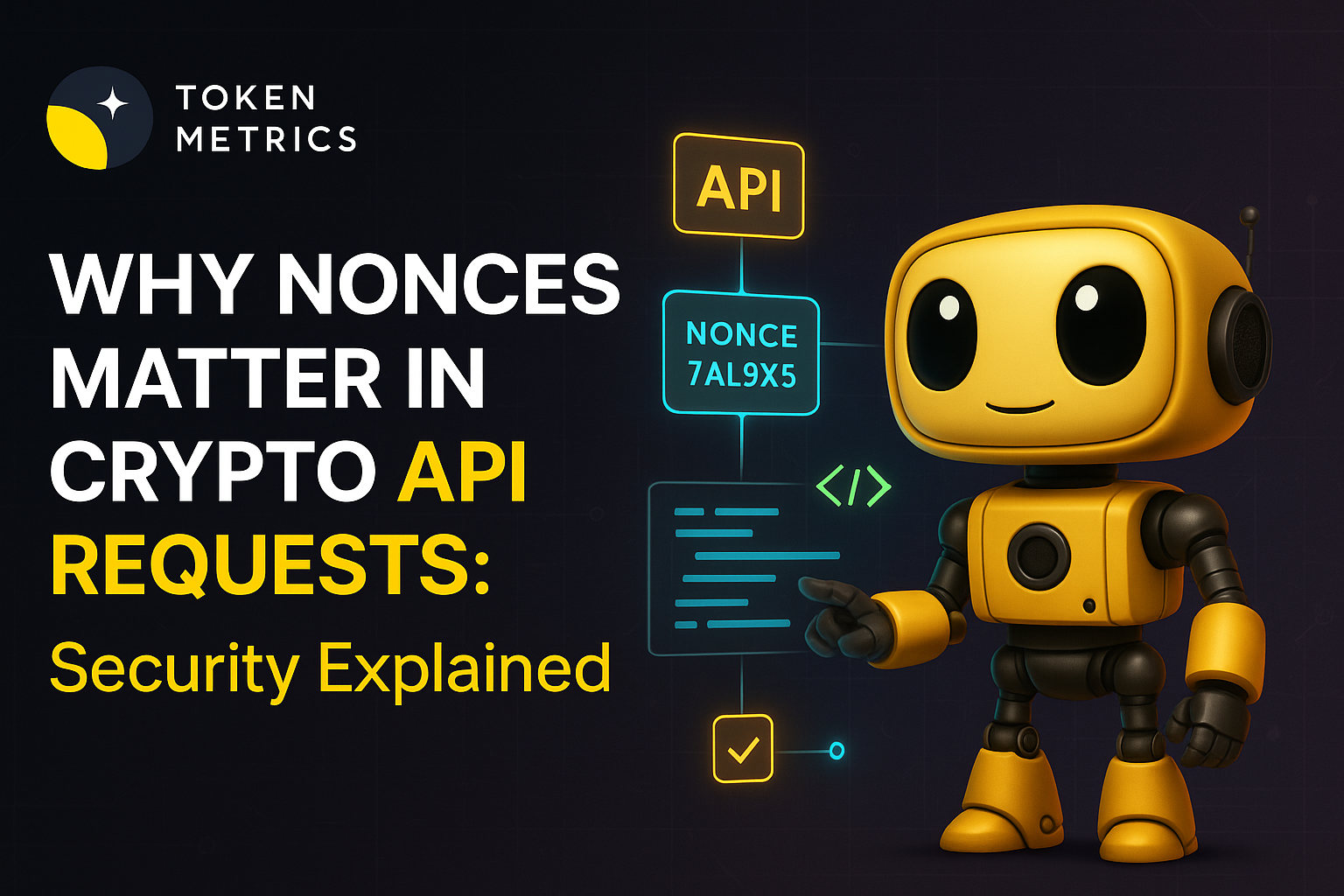How Do Taxes Work for Crypto Trading?

Cryptocurrency trading can be exciting and profitable, but one thing many traders overlook is taxation. Whether you’re buying Bitcoin, trading altcoins, or earning staking rewards, your activities can create taxable events—and failure to report them properly can lead to hefty penalties.
If you’ve been wondering, “How do taxes work for crypto trading?”, this guide breaks it all down. We’ll explain how crypto taxes work, the most common taxable events, and how Token Metrics can help you make smarter, tax-conscious trading decisions.
Are Cryptocurrencies Taxed?
Yes. In most countries, cryptocurrencies are treated as property, not currency, for tax purposes. This means:
- Buying crypto with fiat (e.g., USD → BTC) is not taxable by itself.
- Selling, swapping, or spending crypto is a taxable event.
- Earning crypto (through staking, mining, or airdrops) is taxable income.
While tax laws vary by country, the principle is the same: any gain or income from crypto is subject to taxation.
Common Taxable Events in Crypto
To manage your taxes effectively, you need to know what counts as a taxable event.
1. Selling Crypto for Fiat
If you sell Bitcoin, Ethereum, or any other crypto for fiat currency, you must report capital gains or losses.
Example:
- You bought 1 BTC for $20,000 and sold it for $40,000.
- Your capital gain is $20,000—which is taxable.
2. Trading One Crypto for Another
Swapping one crypto for another (e.g., BTC → ETH) is also a taxable event.
Why?
- You’re considered to have “sold” BTC at its fair market value and “bought” ETH.
3. Spending Crypto on Goods or Services
Using crypto to buy a car, laptop, or coffee? That’s a taxable event too.
Example:
- You bought 1 ETH at $1,000.
- You used it to buy goods when ETH was worth $2,000.
- The $1,000 gain is taxable.
4. Earning Crypto
- Staking & Mining Rewards: Counted as ordinary income at the time you receive them.
- Airdrops & Hard Forks: The value at the time you receive them is taxable income.
5. DeFi & NFT Transactions
DeFi activities like yield farming, lending, or NFT trading may also trigger complex taxable events depending on jurisdiction.
Capital Gains: Short-Term vs. Long-Term
When you sell crypto, your profit is classified as a capital gain—either short-term or long-term.
- Short-Term Gains:
- Assets held less than 12 months.
- Taxed at your ordinary income tax rate (higher).
- Assets held less than 12 months.
- Long-Term Gains:
- Assets held more than 12 months.
- Taxed at reduced capital gains rates (in many jurisdictions).
- Assets held more than 12 months.
Pro Tip: Holding crypto for at least a year can significantly lower your tax burden.
How to Calculate Your Crypto Taxes
Step 1: Track Every Transaction
Record:
- Date & time of the trade.
- Type of transaction (buy, sell, swap).
- Amount & value in fiat currency.
- Fees paid.
Step 2: Determine Cost Basis
Your cost basis is how much you paid for the asset (including fees).
Step 3: Calculate Gains/Losses
Subtract your cost basis from the selling price:
- Profit = Taxable gain
- Loss = Tax-deductible (in some countries).
Step 4: Report Income
Report staking, mining, and airdrop rewards as ordinary income at their market value when received.
How Token Metrics Helps with Tax-Efficient Trading
Staying compliant doesn’t just mean reporting correctly—it means trading smartly to reduce your tax burden. That’s where Token Metrics can help.
1. AI-Powered Portfolio Tracking
Track all your crypto holdings across exchanges and wallets, making tax reporting easier.
2. Long-Term vs. Short-Term Insights
Use Investor Grades to identify cryptos worth holding long-term, reducing your tax liability on gains.
3. Strategic Trade Timing
Get AI-powered trading signals to make smarter decisions on when to sell—balancing profits and taxes.
4. Narrative Tracking
Spot emerging narratives (AI tokens, DeFi trends) early, allowing you to plan tax-friendly entries and exits.
Strategies to Minimize Crypto Taxes
- Hold for Over a Year: Qualify for long-term capital gains rates.
- Harvest Losses: Sell underperforming assets to offset taxable gains.
- Use Tax-Friendly Accounts: Some countries allow crypto investments in tax-advantaged accounts.
- Gift Crypto: In certain jurisdictions, gifting crypto can reduce tax exposure.
- Use AI for Smart Exits: Token Metrics can help you plan trades strategically to minimize taxable events.
Common Mistakes to Avoid
- Not tracking transactions: Without records, you can’t calculate accurate gains/losses.
- Ignoring swaps: Trading crypto-to-crypto is still taxable.
- Forgetting airdrops/staking rewards: These are considered income at receipt.
- Panic-selling without strategy: Leads to high taxes and missed opportunities.
Global Variations in Crypto Taxes
Tax treatment varies by country:
- U.S.: IRS treats crypto as property.
- UK: HMRC applies Capital Gains Tax on disposals.
- Australia: ATO taxes crypto as property.
- EU: Policies vary by member state but generally treat crypto as assets.
Always consult a crypto tax professional for advice in your jurisdiction.
Practical Example
Let’s say you:
- Bought 2 ETH at $1,500 each ($3,000 total).
- Sold 1 ETH at $3,000.
- Your gain: $1,500 (minus fees).
- If you held for over a year, you pay long-term capital gains tax. If not, it’s short-term at a higher rate.
With Token Metrics, you could track purchase dates and AI signals to time your exit strategically—potentially saving on taxes.
Final Thoughts
So, how do taxes work for crypto trading?
- Selling, swapping, and spending crypto are taxable events.
- Staking, mining, and airdrops are taxed as income.
- Holding for over a year often reduces your tax bill.
The key to staying compliant and minimizing taxes is tracking transactions, planning trades strategically, and using the right tools.
That’s where Token Metrics helps. With AI-driven portfolio tracking, tax-efficient trading insights, and market analytics, Token Metrics empowers you to trade smarter, reduce taxable events, and keep more of your profits.
Don’t just trade crypto—trade tax-smart.
Create Your Free Token Metrics Account

.png)




%201.svg)
%201.svg)


%201.svg)










.svg)




.png)